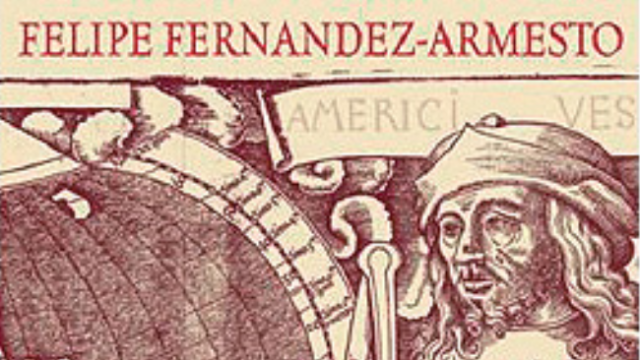Felipe Fernandez-Armesto’s Amerigo (Weidenfeld and Nicolson, Rs 1,100, 248pp) is less the story of “the man who gave his name to America,” as the subtitle would have it, than that of the times in which Amerigo Vespucci lived. The golden age of nautical exploration yielded not only Vespucci but also Columbus, Cabot, da Gama, Magellan and Cortez, men of varying degrees of perspicacity and a uniform stoutness of heart. Change a few names and dates around, and Amerigo could be the story of any one of them; it is a template rather than a portrait of a specific personality.
Fernandez-Armesto is at his best when he dwells on the environment these men found themselves in — the westward thrust in search of India, the hunger and greed for new conquests and riches, the jostle for patrons, the texts they relied upon, the instruments they used to navigate the seas. Europe, in the 15th century, had the distinct air of a frenzied gold rush to it, and Amerigo captures that perfectly.
But the book is notably silent on its titular figure, and admittedly Vespucci did not make it any easier. While Columbus wrote copiously, and often misleadingly, Vespucci was much less prolific. That may explain why Fernandez-Armesto is forced to rely far too heavily on, for example, Vespucci’s old exercise book from school, or speculate on what he might have experienced.
Almost as if to disguise that poverty of source material, Fernandez-Armesto’s ornate writing is frequently difficult to decipher. Even his modest thesis — that Vespucci was a rogue who successfully rebranded himself as a worthy explorer and navigator — lacks conviction. After all, if we are to believe him, many of Vespucci’s contemporaries were similar charlatans; he describes how Columbus’ wild tales of his discoveries were ultimately discredited, so that he was “shipped home in chains”. He doesn’t tell us what made Vespucci any different; we’re none the more knowledgeable, at the end of the book about the man who gave us one of the foremost proper nouns of our day.




